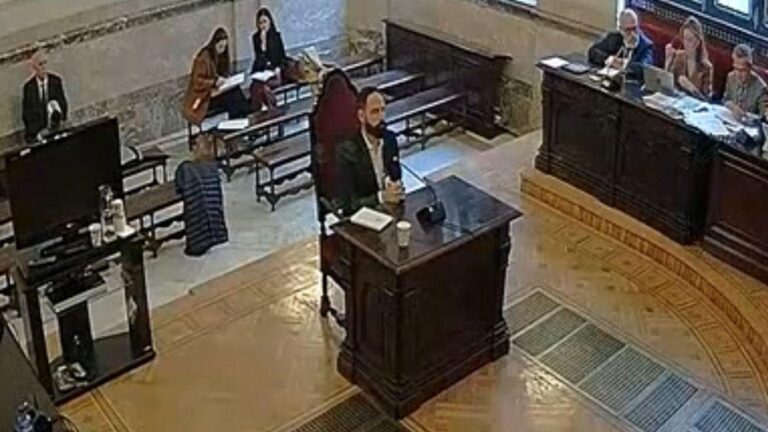
The Bank of Spain rejects the idea that Spain is in a real estate bubble or that there are any signs of heading in that direction, as prices remain nearly 20% below their pre-crisis 2007 peak in real terms and families and businesses are far more deeply indebted than they were then.
The regulator’s head of financial stability, regulation and resolution, Daniel Pérez Cid, clarified that he does not see any risk of a bubble in the housing market “at the moment”, at least insofar as it could cause a shock that affects the stability of the banking system.
“Today, we don’t see these signs of a bubble. The difference is that we are not monitoring, following and working hard. But we are not where we were before the last crisis,” the head of the entity asserted during the presentation of the autumn financial stability report.
Thus, several factors converged in the years leading up to the Great Recession, including a “very runaway demand” with high levels of debt, and less robust conditions for both families and the construction sector.
However, the demand for housing is now largely linked to population growth and the promotion of tourism, which is colliding with a housing supply that cannot be responded to with sufficient agility. The financial sector has not relaxed standards for granting mortgages and credit, which partially avoids much of the systemic risk.
In fact, according to indicators compiled by financial institutions, current risk levels are comparable to those in 2001, a few years before the bubble burst in 2004 and 2005, when risks began to spiral out of control. Currently, this risk in the market is basically explained by the prices and the activity of the real estate sector itself.
Real prices, or prices discounted for inflation, are now at 2005 levels, 17.5% below their 2007 peak. Overall, home price growth has far outpaced average household income growth for nearly a year, putting further pressure on household budgets.
What they see as worrying signs are house prices in the most stressed areas, where prices are rising faster than in areas with lower demand. This means that in regions where land was already expensive, prices per square meter are already close to 3,500 euros, while in other regions prices have remained stable.
“We have not observed an overall expansion in prices by state, unlike that observed during the real estate boom of the 2000s,” the regulators said in the aforementioned report.
The Bank of Spain therefore concludes that the market is significantly less vulnerable than before the financial crisis and that price developments are “embedded in a context in which, from a historical perspective, construction activity is low, household debt is low, real estate credit is subdued and credit-granting standards show no signs of significant easing.”



